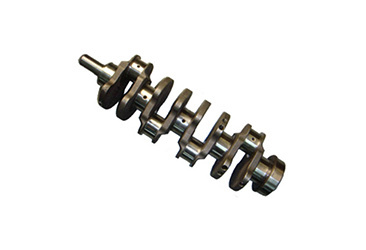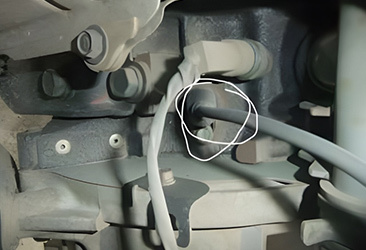Do you know about the modification of the crankshaft in the engine crank and connecting rod mechanism?
Release time:
2023-12-11
Understanding the modification of the crank-slider mechanism: The function of the crank-slider mechanism is to convert the thermal energy generated by fuel combustion into mechanical energy of the piston’s reciprocating motion, and then through the connecting rod, transform the piston’s reciprocating motion into rotational motion of the crank to output power.
Understanding the modification of the crank-link mechanism: The function of the crank-link mechanism is to convert the thermal energy generated by fuel combustion into mechanical energy for the reciprocating motion of the piston, and then through the connecting rod, transform the reciprocating motion of the piston into rotational motion of the crank to output power. When the engine is running, the crank-link mechanism is directly in contact with high-temperature and high-pressure gases, with a very high rotational speed of the crankshaft and considerable linear velocity of the piston’s reciprocating motion. At the same time, it comes into contact with combustible mixtures and combustion exhaust gases, which exposes it to chemical corrosion and makes lubrication difficult.

It can be seen that the working conditions of the crank-link mechanism are quite harsh; it must withstand high temperatures, high pressures, high speeds, and chemical corrosion. The modification of the crank-link mechanism mainly involves using lightweight and high-strength materials to create high-precision components to reduce power loss. In addition to achieving power enhancement, it can also improve reliability and balance. The application of advanced alloys or composite materials combined with precision processing technology has significantly increased not only the power output per unit volume in modern high-performance engines but also improved reliability and economy.

How to modify connecting rods: The function of connecting rods is to connect pistons with crankshafts, transmitting gas pressure from pistons to crankshafts, thus converting reciprocating motion into rotational motion. When working, connecting rods bear both gas pressure at the top of pistons and inertial forces; these forces vary periodically in magnitude and direction. Therefore, connecting rods experience alternating loads such as compression, tension, and bending, which requires them to have high strength, great stiffness, and low mass. Original factory connecting rods are generally made from medium carbon steel or alloy steel through forging or roll forging followed by machining and heat treatment.
Latest News









